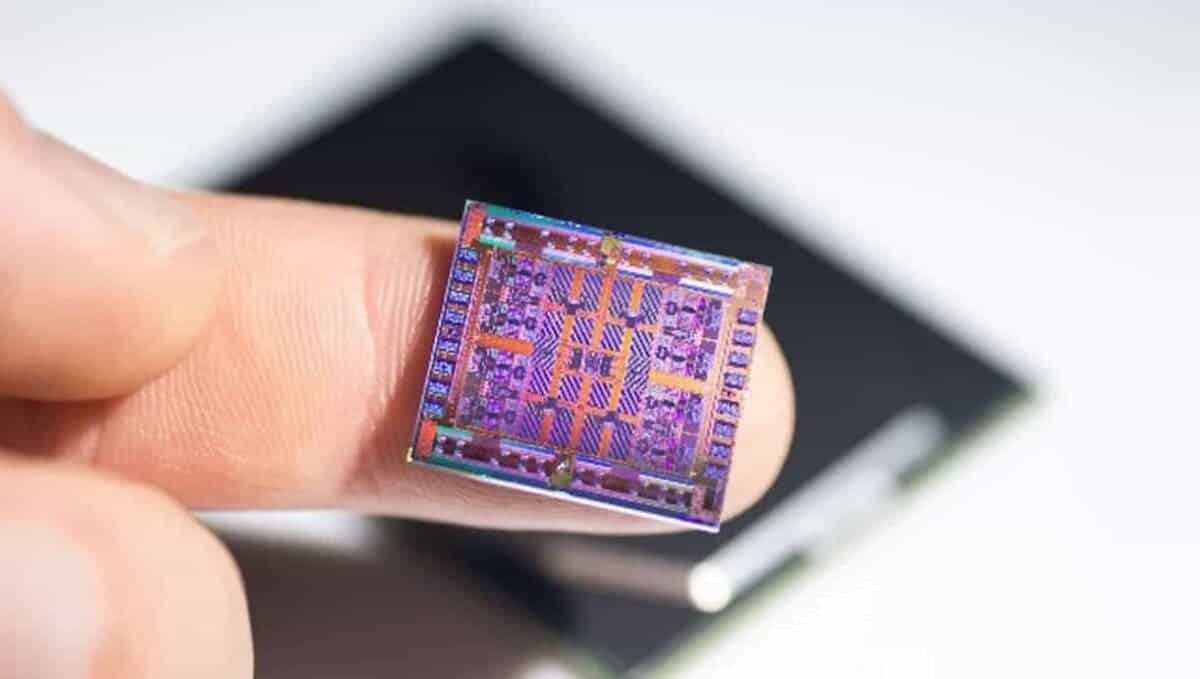Except the trouble with that is it’s always short-lived. I preferred Iwata saying they went with industry-leading chips, and Nintendo not making a fuss about it in the marketing - That was true, and still holds water now because of the innovation in SoC design, and the games which came to the platform. Going the power route leads to an inevitability that your competitors will catch up and surpass you, and it’s not even the most important thing. For the Switch, it was getting XB1/PS4 performance and games at a tenth of the power consumption, and up to 1TF via mixed precision. For the next platform, it will be getting PS5/XS performance and games at a fraction of the power consumption - But it would be smarter engineering and further innovation in this space that gets there. Which is why I’m always saying “smarter engineering, NOT raw power, will ultimately prevail”. It isn’t appreciated enough just how far ahead of the curve they are on this. Nobody ever bought consoles on the back of their power, anyway, as they’ve never eclipsed PCs. It’s always been about the games, not the specs. It never helped the XSX or the XB1X. It was an insignificant factor in the PS4’s success (being $100 cheaper than the XB1 at launch was more important), and it wasn’t a factor for the PS3 (X360 had the better performance than it on the most popular non-exclusive titles).
So far, they’ve made a statement to developers by showing the Matrix Awakens demo on their hardware, barely any loading times, and building on their relations - BG3 is a lock-in, unless you believe Nintendo employees make crack-filled donuts for Larian to get a place in the credits. CP2077 is a genuine possibility given that Nvidia has worked closely on it. So, showing the games you can expect to play on it matters more. It’s also telling that reports say “comparable to PS5/XSX” - It doesn’t matter that this can be through DLSS or better optimisation. Consumers don’t care if it’s cosmetic or native, and they won’t call it “cheating” like some folk in old and new old places, or other such wildness.


